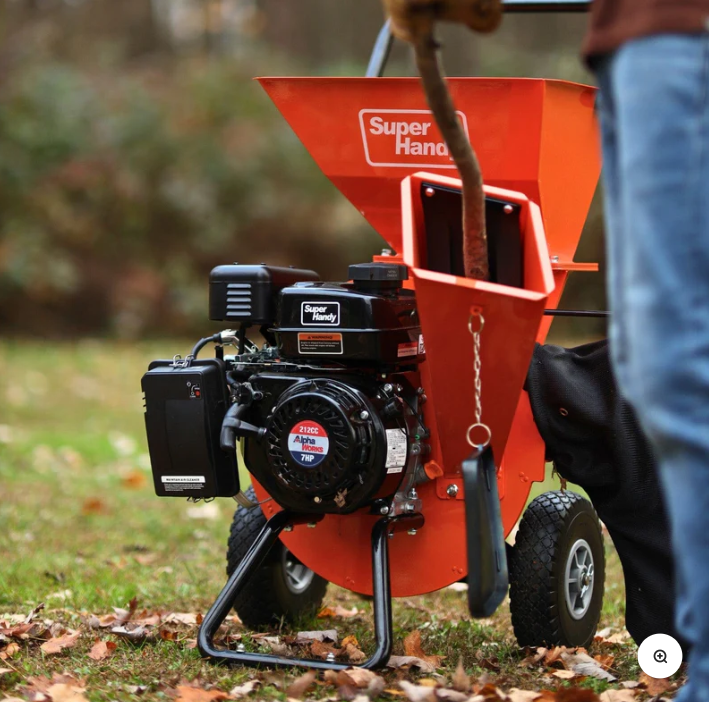
You want the ideal wood chipper that tackles big branches and leaves with ease. A gas wood chipper stands out when you match chipper capacity to your property size, maximum branch diameter, and debris type. Use a chipper/shredder buying guide, consider frequency of use, and check a wood chipper review for wood chipper basics. Find the right chipper for your yard.
Why Choose a Gas Wood Chipper
Standalone Power and Portability
You want a machine that works anywhere on your property, even far from outlets. A gas wood chipper gives you that freedom. You can tackle piles of branches and leaves in the back corner of your yard or out in a field. Many landowners pick gas models because they handle heavy-duty work and keep going without needing a power cord.
Here’s why people like gas wood chippers:
They handle bigger sticks and mulch wood faster.
They work well for high-volume tasks.
They are perfect for rural areas without electricity.
Some models, like the TFG55 GAS Wood Chipper, are built for portability. You can move them easily and chip for hours. The 10 hp Wood Chipper Shredder weighs about 140 lbs and fits in a mini van or SUV. You can bring the right gas wood chipper wherever you need it, no matter your property size.
Advantages Over Electric Models
When you compare gas wood chippers to electric ones, you see a big difference in power. Gas models have more horsepower and can handle larger branches. Take a look at this table:
Type of Wood Chipper |
Horsepower (HP) |
Branch Size (inches) |
Material Processed (lbs/hr) |
Material Processed (cu ft/hr) |
|---|---|---|---|---|
Residential Electric |
1.5–3 HP |
1–1.5 inches |
~150–300 lbs/hr |
~6–12 cu ft/hr |
Residential Gas |
5–10 HP |
2–3 inches |
~500–800 lbs/hr |
~20–32 cu ft/hr |
Professional Gas |
15–25 HP |
4–6 inches |
~1,000–2,000 lbs/hr |
~40–80 cu ft/hr |

If you have a large property size or lots of debris, buying a wood chipper with a gas engine makes your job easier. You get more done in less time. The right gas wood chipper helps you keep your yard clean and safe, no matter how big the mess.
How to Choose a Wood Chipper
Choosing the right chipper for your yard can feel easy when you know what to look for. You want a machine that matches your property size, handles your debris, and fits how often you plan to use it. Let’s break down the steps so you can find the best chipper/shredder for your needs.
Assess Yard Size and Debris Volume
Start by thinking about your yard. Is it small, medium, or huge? The size of your yard and the amount of debris you have will help you decide which chipper works best. Here’s a quick guide:
Yard Size |
Typical Debris |
Recommended Chipper Type |
Chipping Capacity |
|---|---|---|---|
Small Yards (<½ Acre) |
Light brush, small branches, leaves |
Electric wood chippers |
Up to 2–3 inches |
Medium Yards (1–5 Acres) |
Fallen branches, leaves, smaller trees |
Gas-powered wood chippers |
4–6 inches |
Large Properties (5+ Acres) |
Larger branches, small trees |
Gas-powered wood chippers |
8–9 inches |
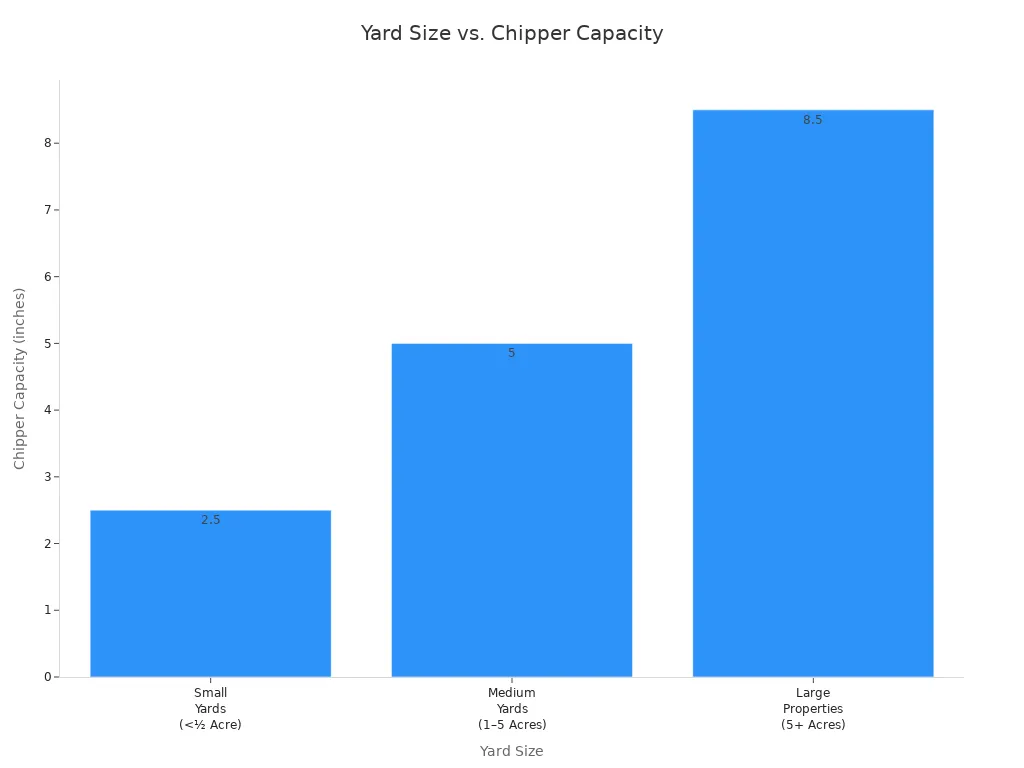
If you have a small yard, you might get by with an electric chipper. For medium or large properties, gas-powered wood chippers are the way to go. They handle bigger branches and more debris, so you spend less time cleaning up.
Tip: Always check the maximum branch diameter your chipper can handle. You don’t want to jam the machine with something too big!
Engine Power and Capacity
Engine power matters when you want to chip thick branches or lots of material. Gas-powered wood chippers come with more horsepower, which means they can process larger branches and work faster. If you want the best chipper/shredder for heavy-duty jobs, look for models with at least 5–10 HP for medium yards and up to 25 HP for big properties.
Here’s what you should consider:
High-quality blades and strong engines make chipping easier.
A higher reduction ratio turns big piles into fine mulch quickly.
Easy assembly and mobility help you move the chipper around your yard.
If you want to know how to choose a wood chipper, always match the engine size to your yard’s needs. Bigger isn’t always better—pick a chipper that fits most of your work.
Choosing the Right Gas Wood Chipper

Portability and Ease of Use
You want a chipper that is easy to move and simple to use. Many gas wood chippers are built for standalone operation. You do not need a tractor or special equipment. You can use them anywhere on your property.
Here are some features that make a chipper easy to use:
You can pick from different sizes to match your job.
Many models have automatic shutoff switches for safety.
Two-hand controls help you stay safe, even if you are new to chipping.
You can move most gas-powered wood chippers with an ATV.
Some chippers fit down narrow trails, so you can reach hard-to-get spots.
If you want to choose the right wood chipper, look for one that you can move by yourself or with a small vehicle. This makes yard work faster and less tiring. Safety features also matter. They help you feel confident every time you use your chipper.
Tip: Always check the weight and wheel size before you buy. Bigger wheels make it easier to roll your chipper over rough ground.
Best Wood Chipper for Me
You might wonder, “How do I know which is the best wood chipper for me?” The answer is simple. Pick a chipper that can handle 80–90% of the work you plan to do. If you only chip small branches, you do not need a huge machine. If you have lots of big limbs, choose a model with a bigger opening and more power.
When choosing the right wood chipper, think about these questions:
What size branches do I have most often?
How much debris do I need to chip each season?
Do I want a chipper that is easy to move around my yard?
How much time do I want to spend on maintenance?
If you answer these questions, you will find it easier to choose the right wood chipper. You do not need the biggest or most expensive model. You just need one that fits your yard and your needs. This way, you get the job done without extra hassle.
Note: Most homeowners find that a mid-sized gas wood chipper meets their needs. It handles most yard debris and does not require too much upkeep.
Choosing the right wood chipper means you save time, work safely, and keep your yard looking great. Take your time, compare your options, and pick the chipper that matches your yard best.
Safety and Maintenance Tips
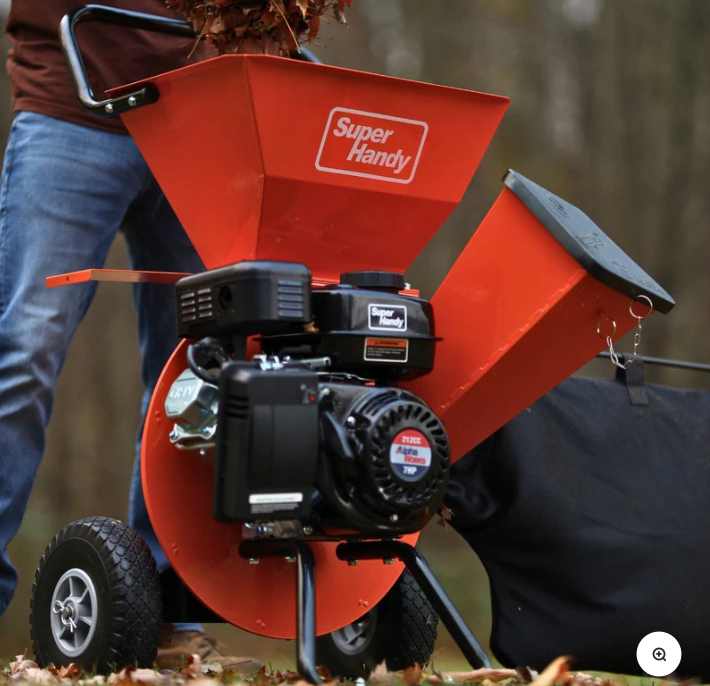
Essential Safety Features
You need to be safe when you use your gas wood chipper. Pick machines with smart safety features. These features help stop accidents and make work easier. Here are things you should look for:
Feed control bars let you stop the chipper fast if there is trouble.
Emergency shut-off devices turn off the machine in seconds.
Safety guards keep hands and clothes away from moving parts.
Test safety controls often to make sure they work right.
Learn how to use safety devices to keep everyone safe.
Tip: Always read the manual before you start. Knowing how each safety feature works can help you avoid injury.
Basic Maintenance for Longevity
Caring for your chipper helps it last longer and work better. Check blades and engine parts often. Here is a simple list to keep your chipper working well:
Look at blades for damage before each use.
Check cutting tools every 10 hours.
Sharpen dull blades every 2–3 hours, especially with tough wood.
Lubricate moving parts as the manufacturer says.
Change engine oil and replace filters every 200–250 hours.
Check engine oil level before each run.
Clean and check the spark plug often.
Replace the fuel filter when needed.
If you hear more noise or feel shaking, check the blades right away. Dull blades use more energy and can cause problems. Doing these tasks helps your gas wood chipper work safely and smoothly.
😊 A chipper that is cared for saves you time and money. You get better results and fewer breakdowns.
Quick Decision Checklist
Final Questions Before Buying
Before you pick your new chipper, ask yourself a few simple questions. These will help you feel sure about your choice and avoid surprises later. Here’s a quick checklist to guide you:
What size is your garden?
What type of debris do you have most often?
How thick are the branches you need to chip?
How often will you use the chipper?
Do you need to move the chipper around a lot?
Is storage space a problem for you?
Do you want extra safety features?
What is your budget for a wood chipper?
If you answer these questions, you can narrow down your options fast. You will know what matters most for your yard and your routine. You will also spot any features you might need, like extra safety controls or easy mobility.
Tip: Write down your answers. Bring your list when you shop or compare models online. This makes the process much easier!
Where to Find Reliable Models
You want a chipper that lasts and works well. Start by checking trusted brands and reading customer reviews. Many stores offer expert advice, so ask questions if you visit in person. You can also look for top-rated models online. Popular retailers like Home Depot, Lowe’s, and Amazon have a wide selection. Local garden centers sometimes carry high-quality machines too.
If you want a gas wood chipper, look for models with strong warranties and good support. Reliable brands often offer replacement parts and service nearby. Compare prices, features, and reviews before you decide. You will feel confident when you choose a chipper that fits your needs and comes from a trusted source.
You can pick the best gas wood chipper for your yard by following a few simple steps:
Think about the branches you need to chip.
Check engine power and safety controls.
Keep up with regular maintenance. Use your checklist and enjoy safer, easier yard work!


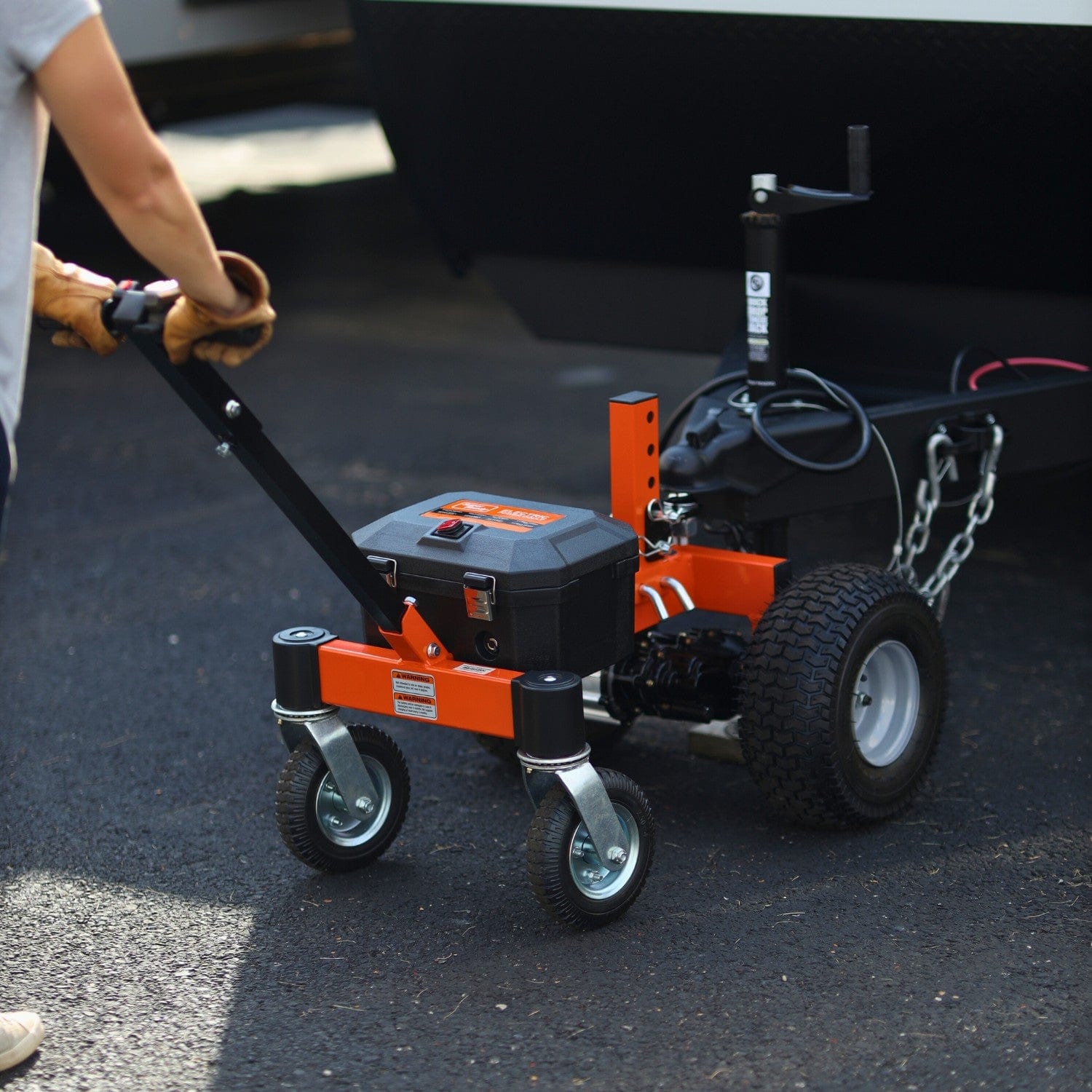
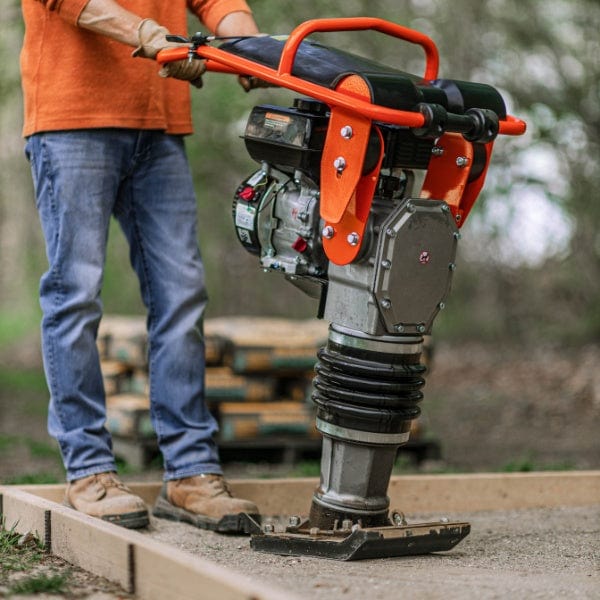
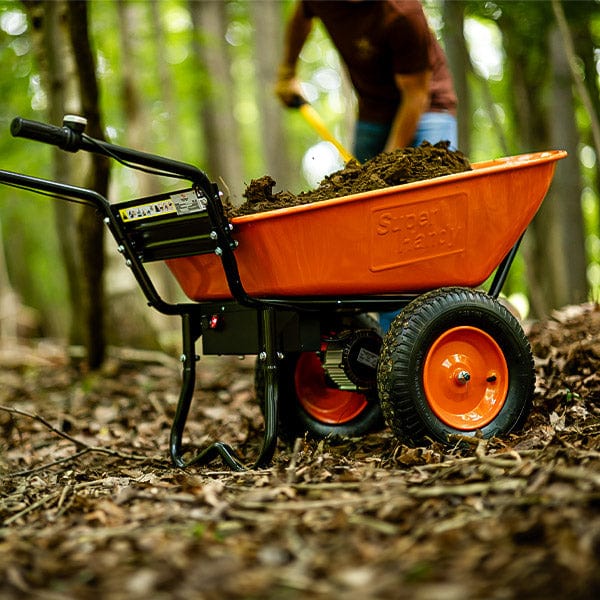


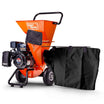
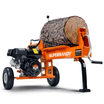

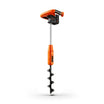
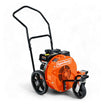



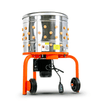
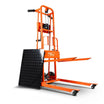

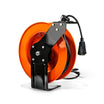

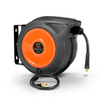


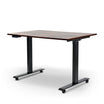


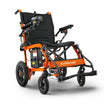


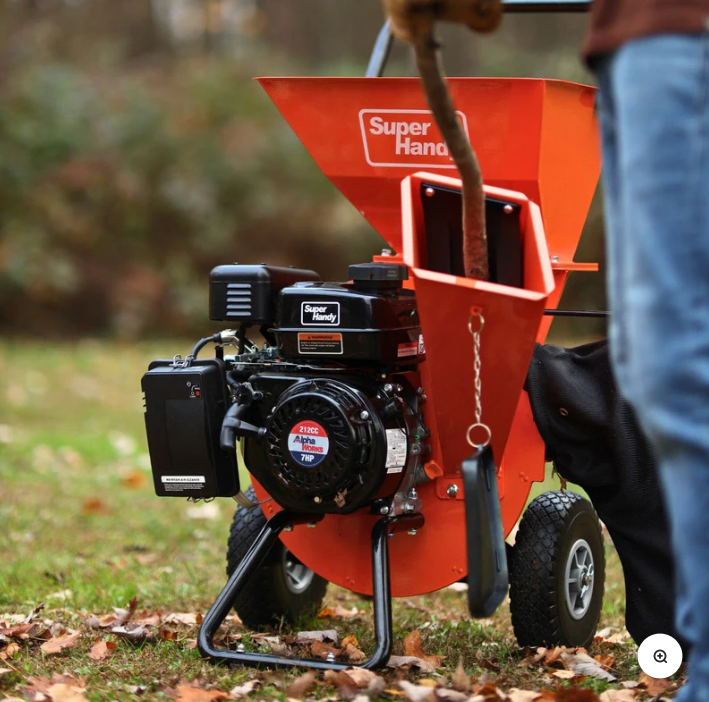
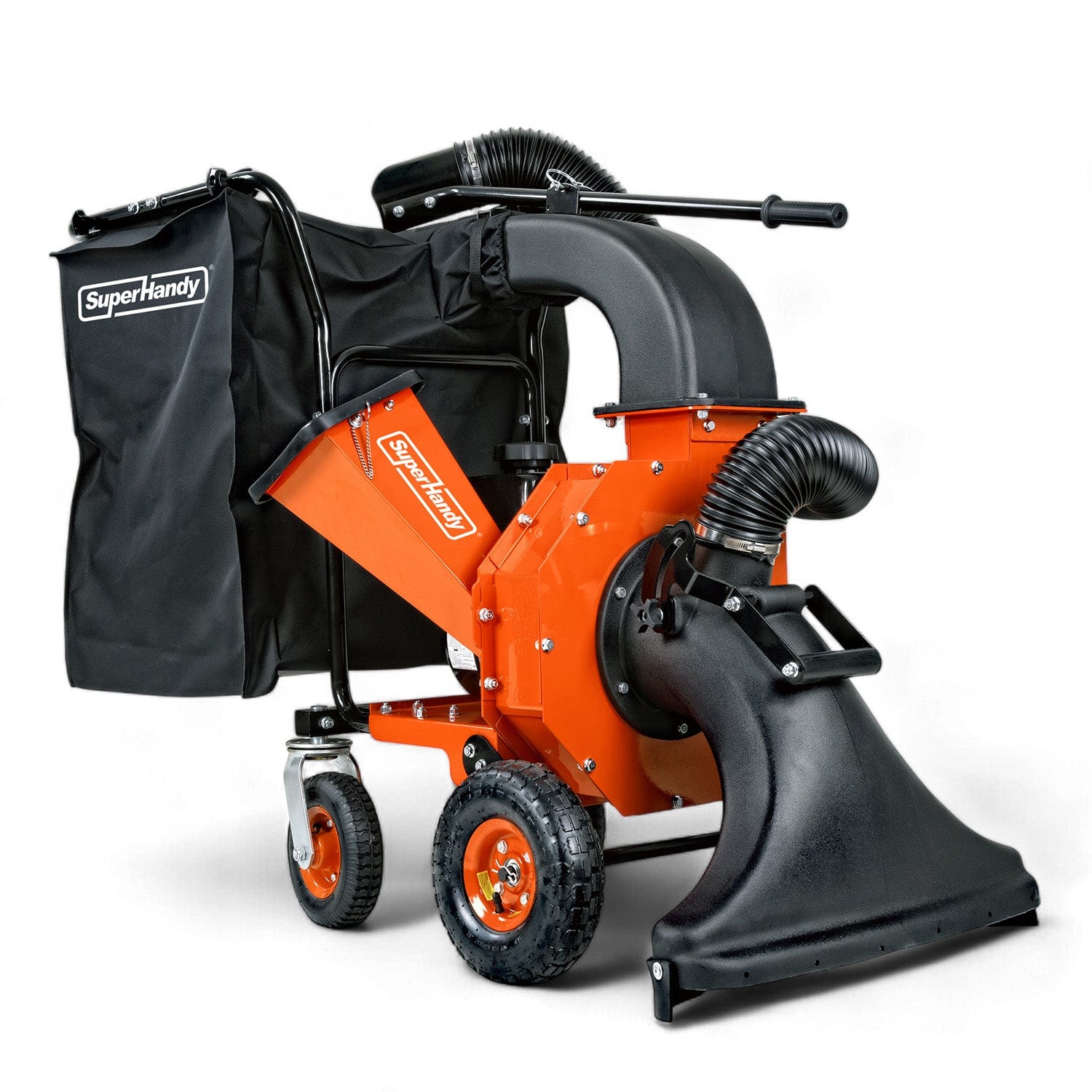

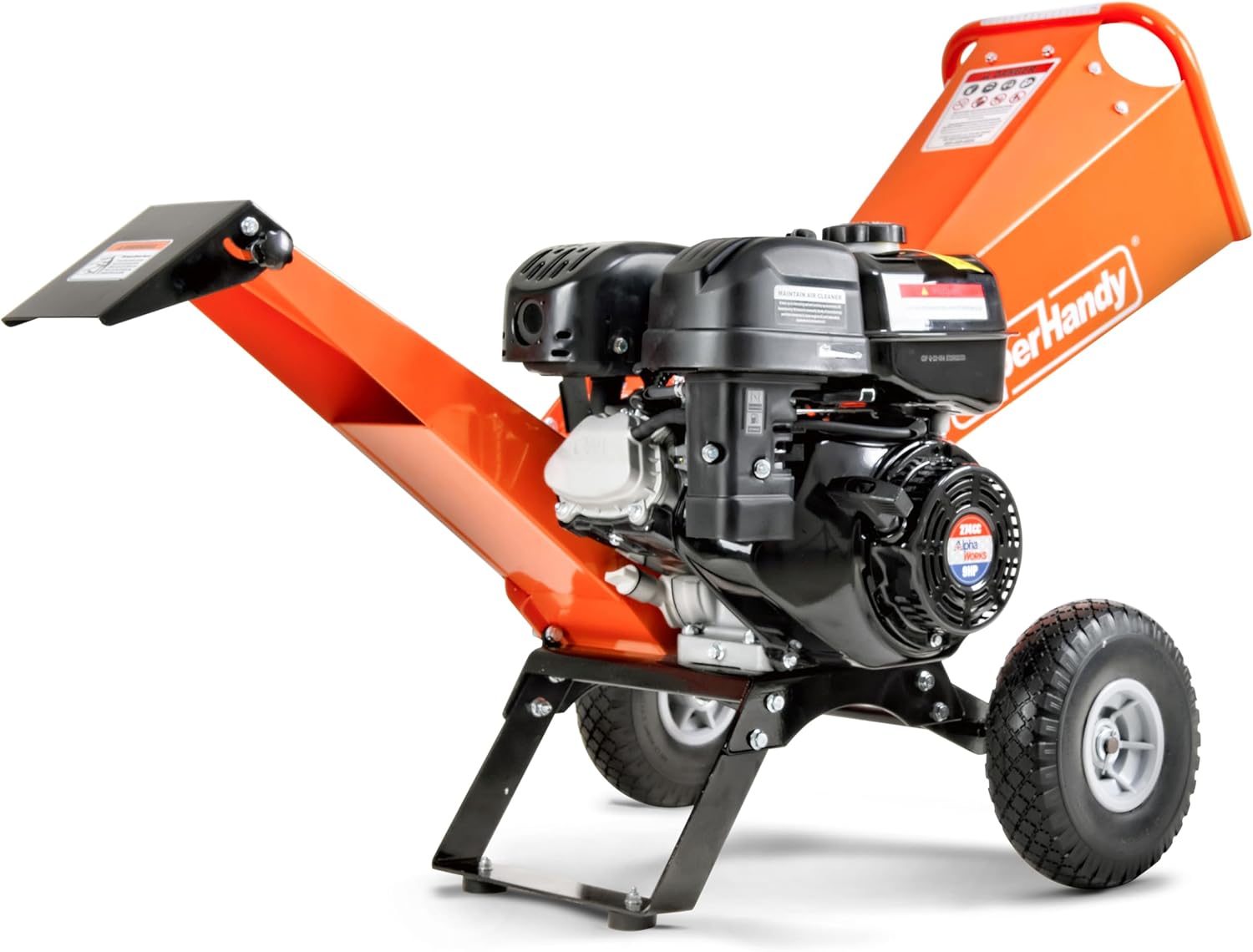


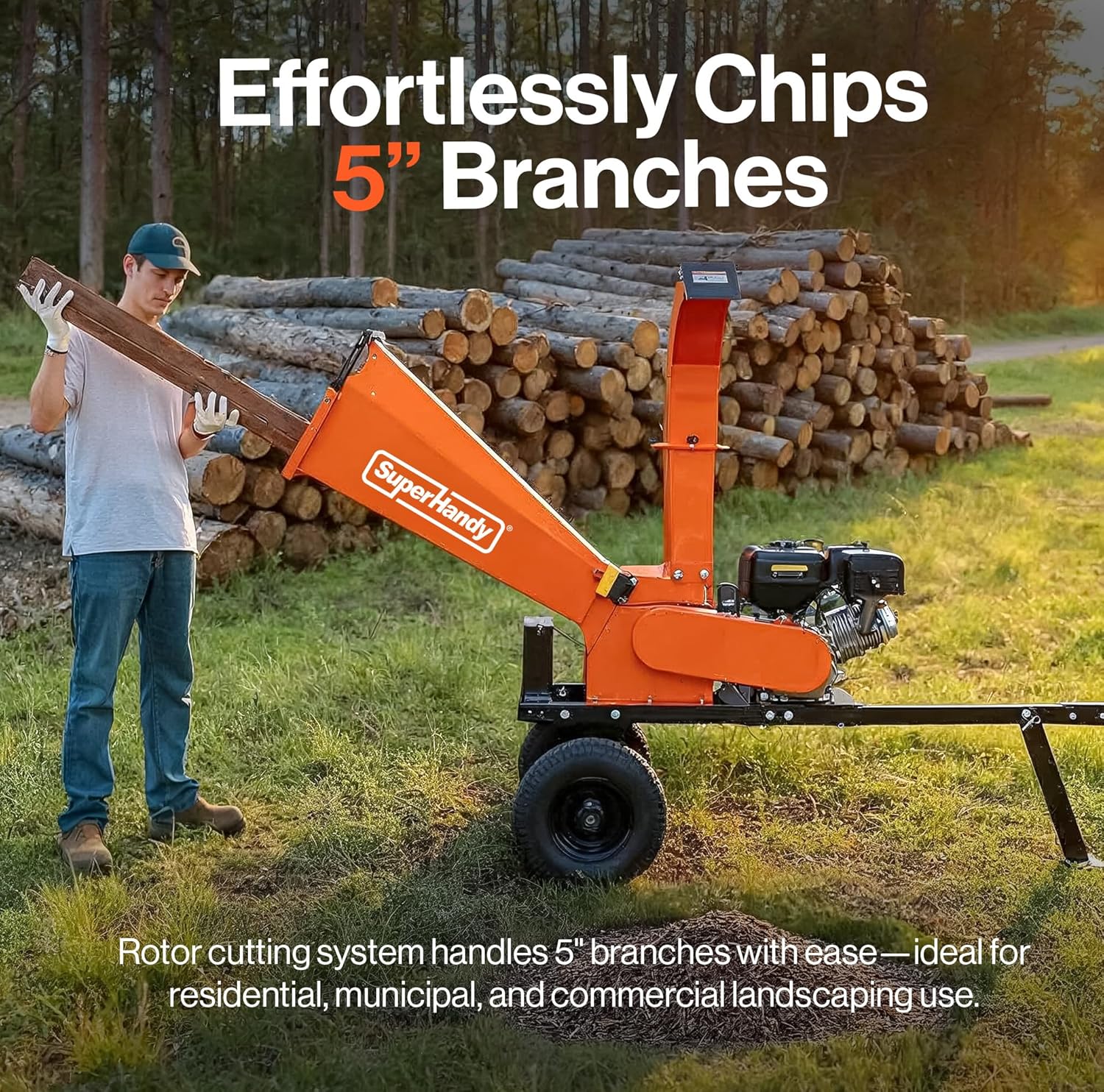

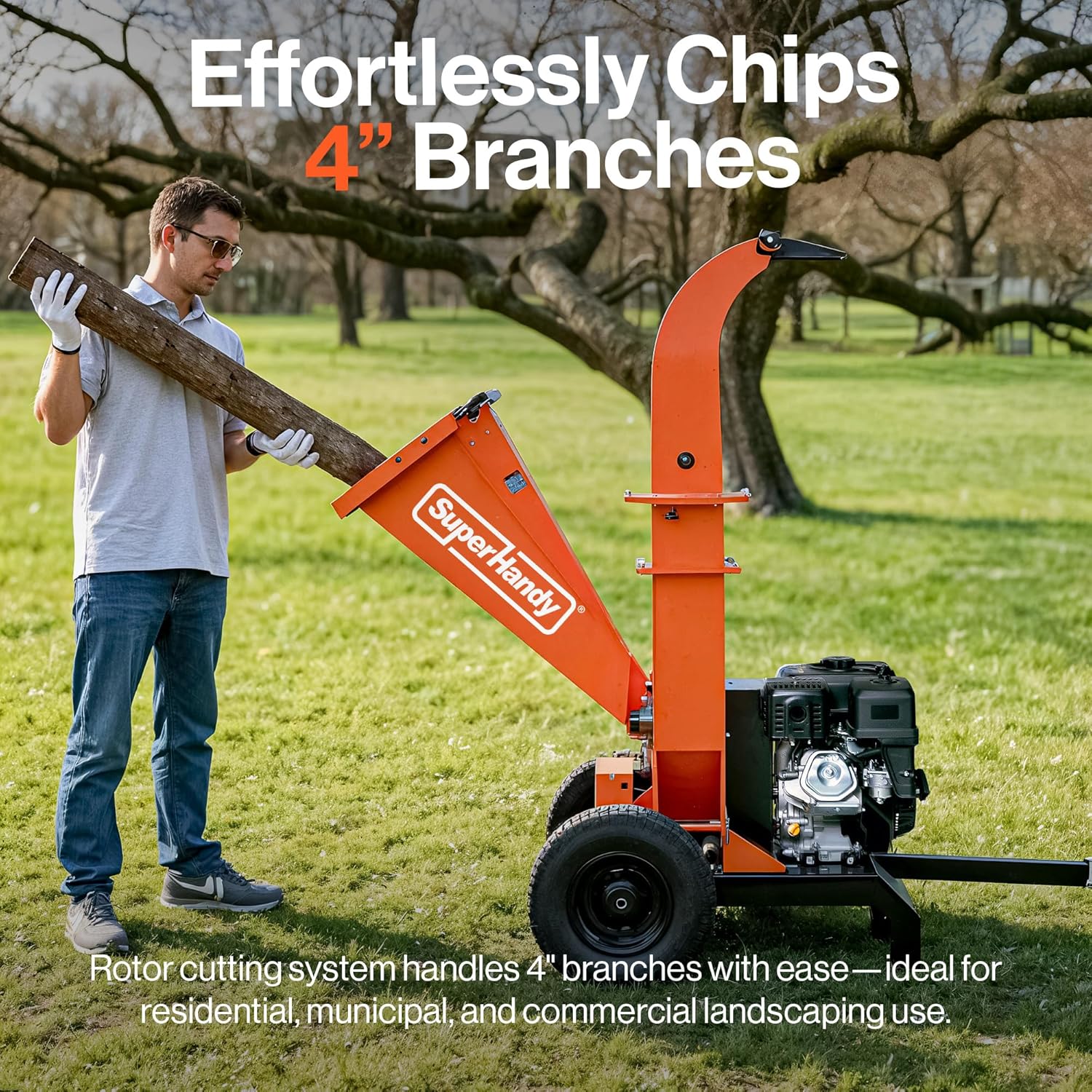
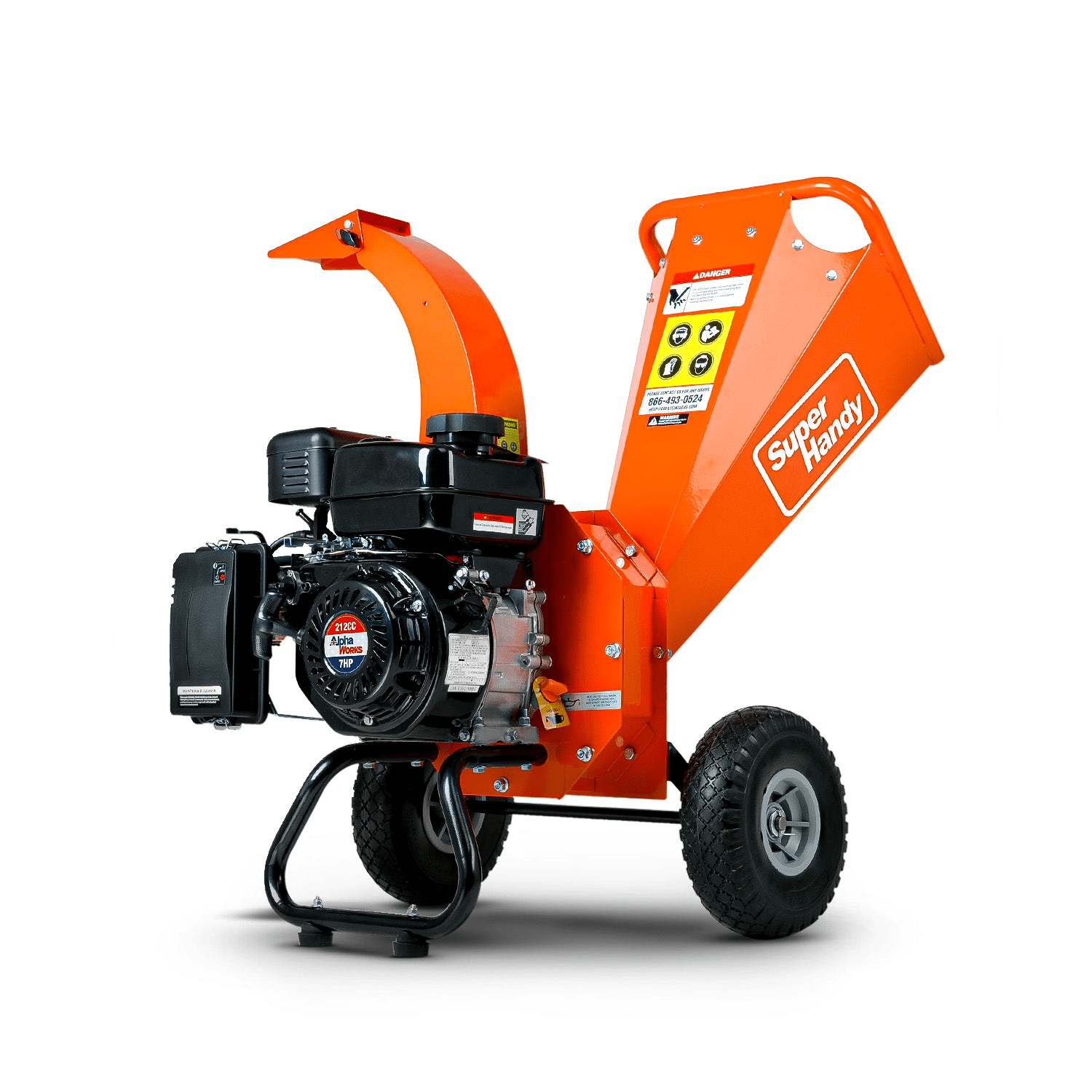
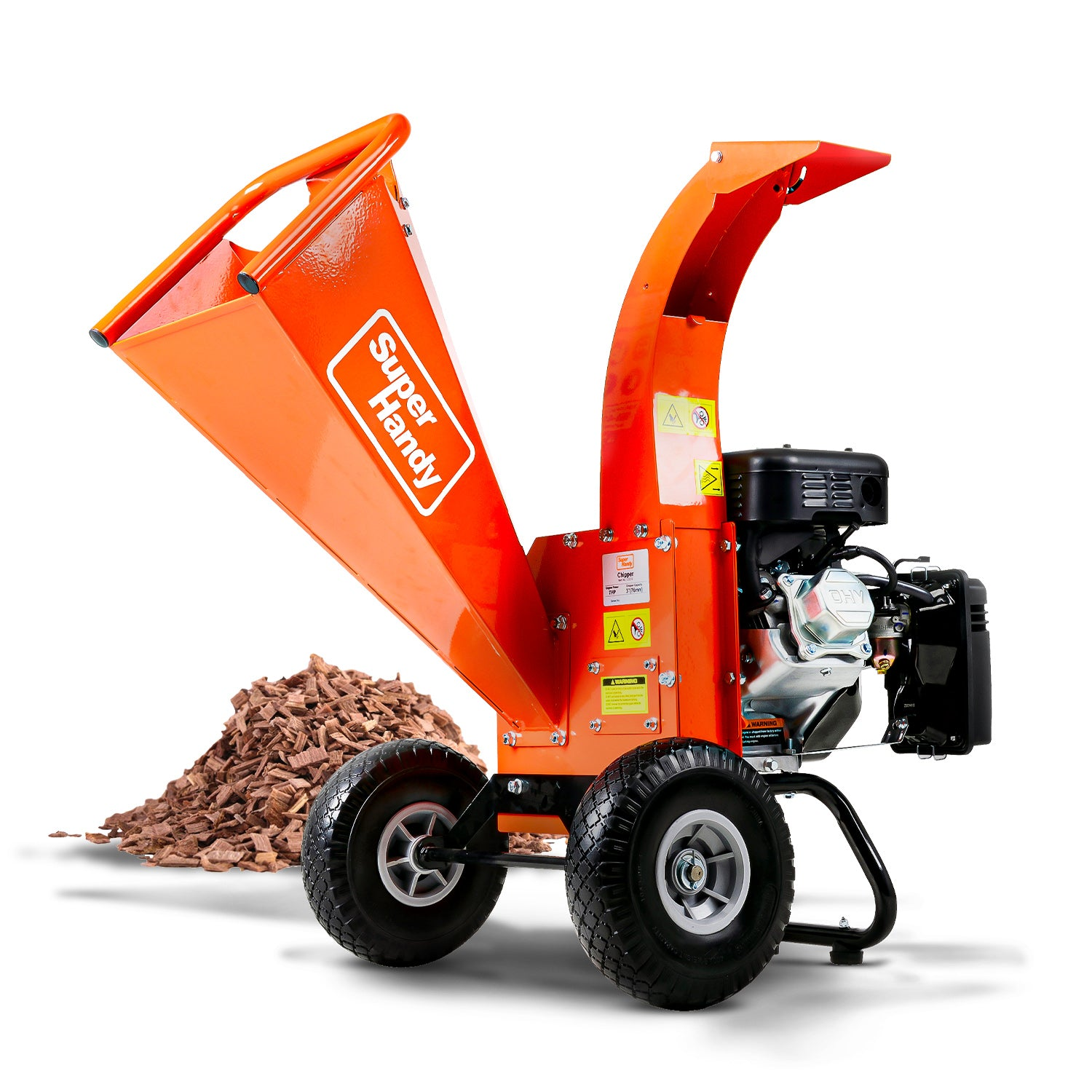
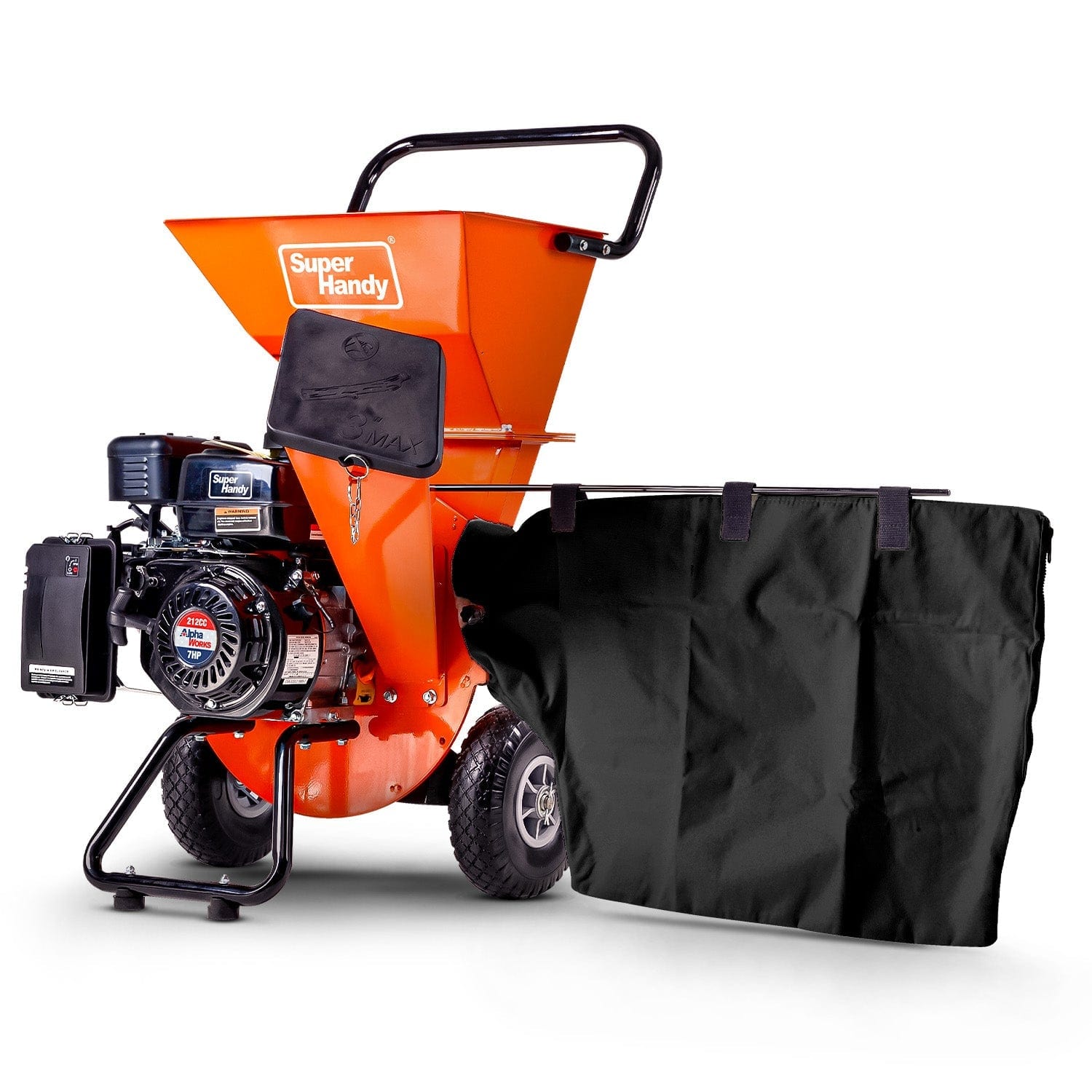
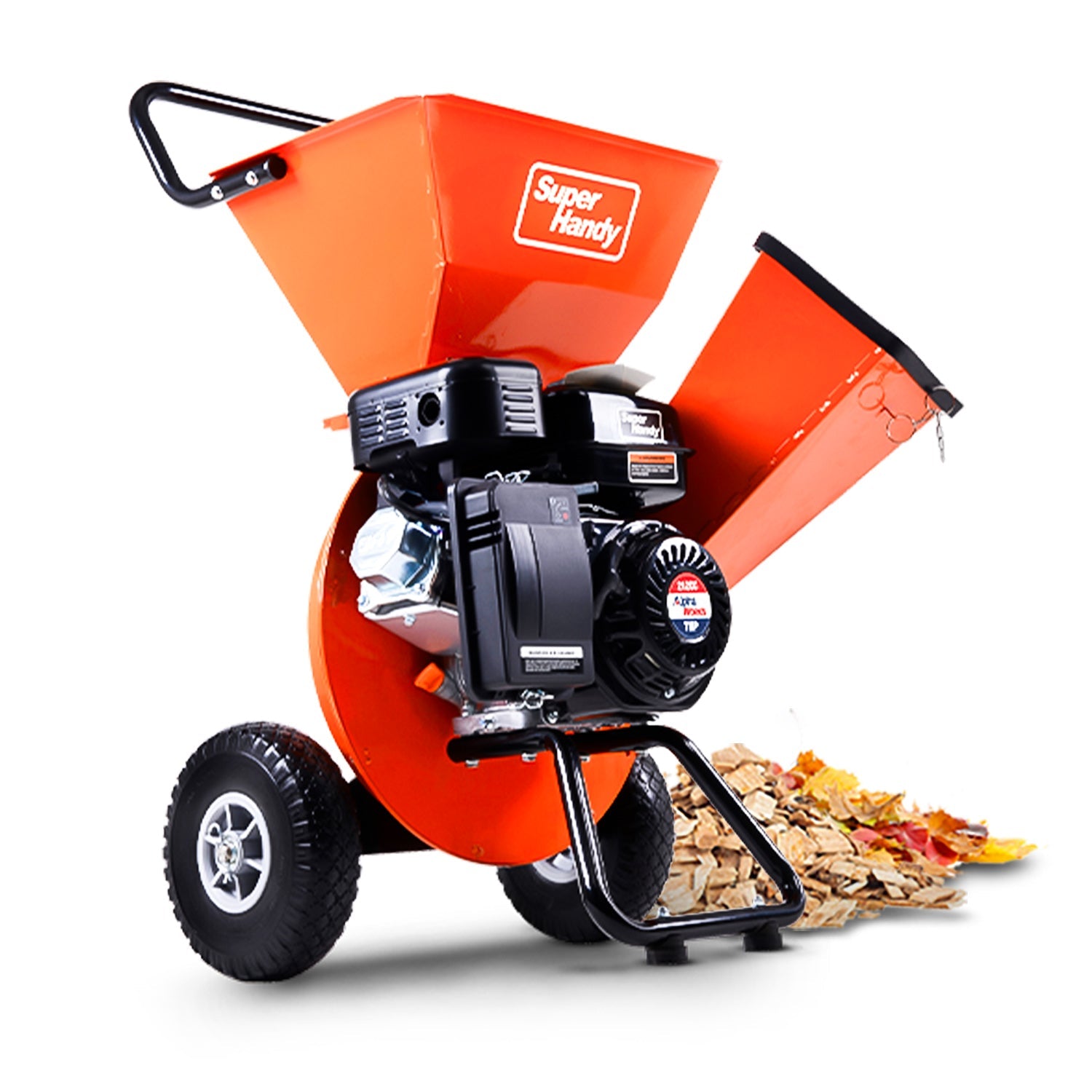
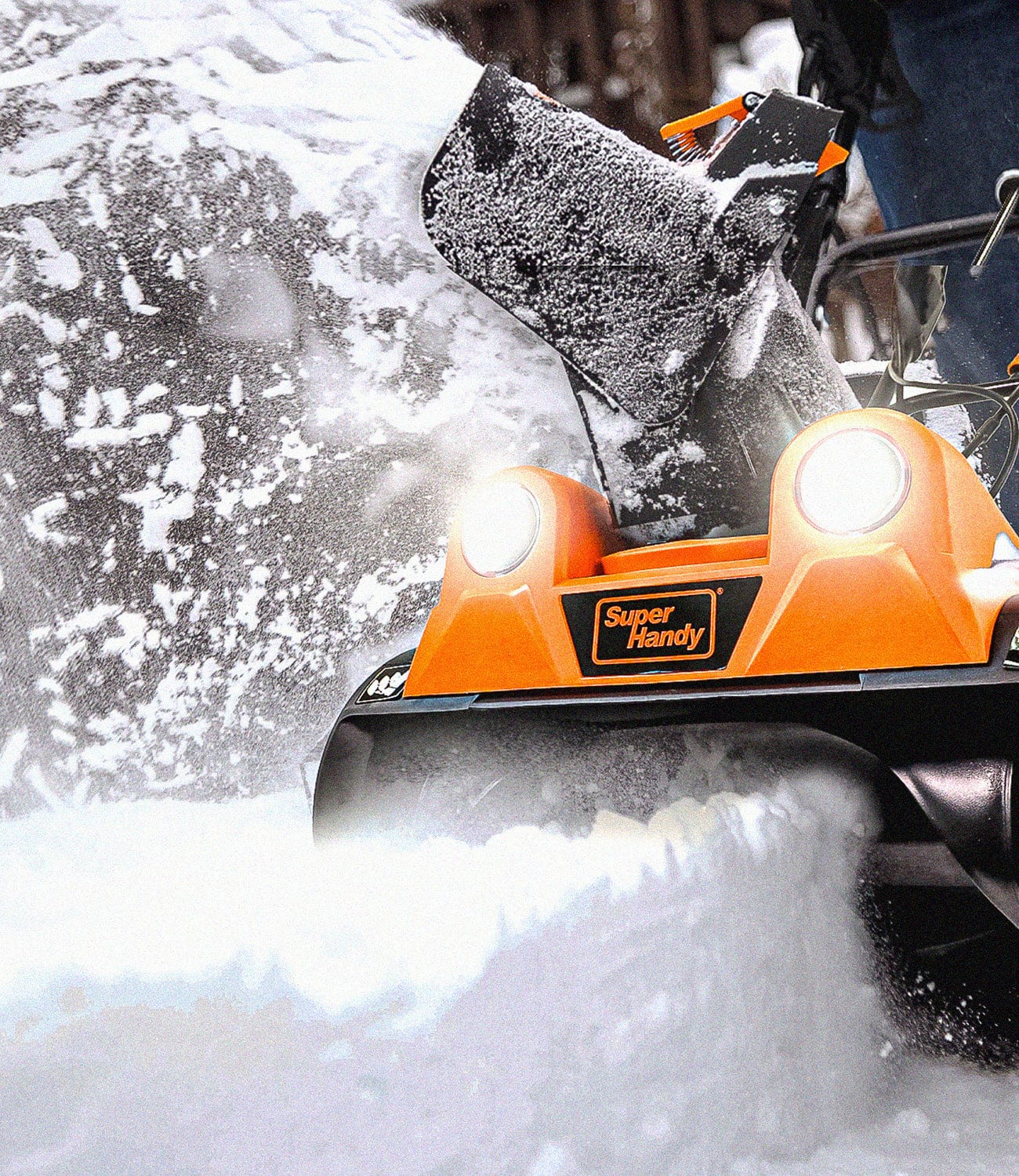

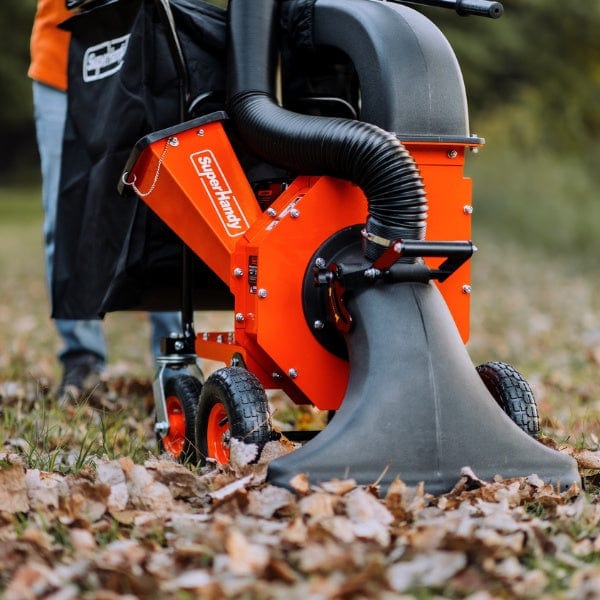
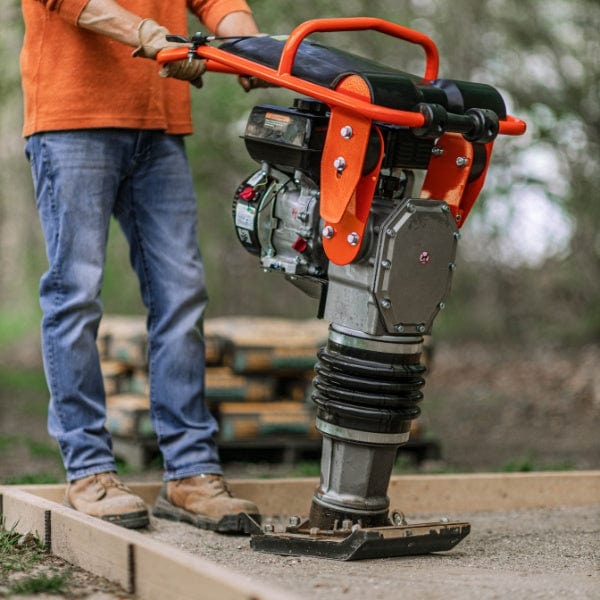

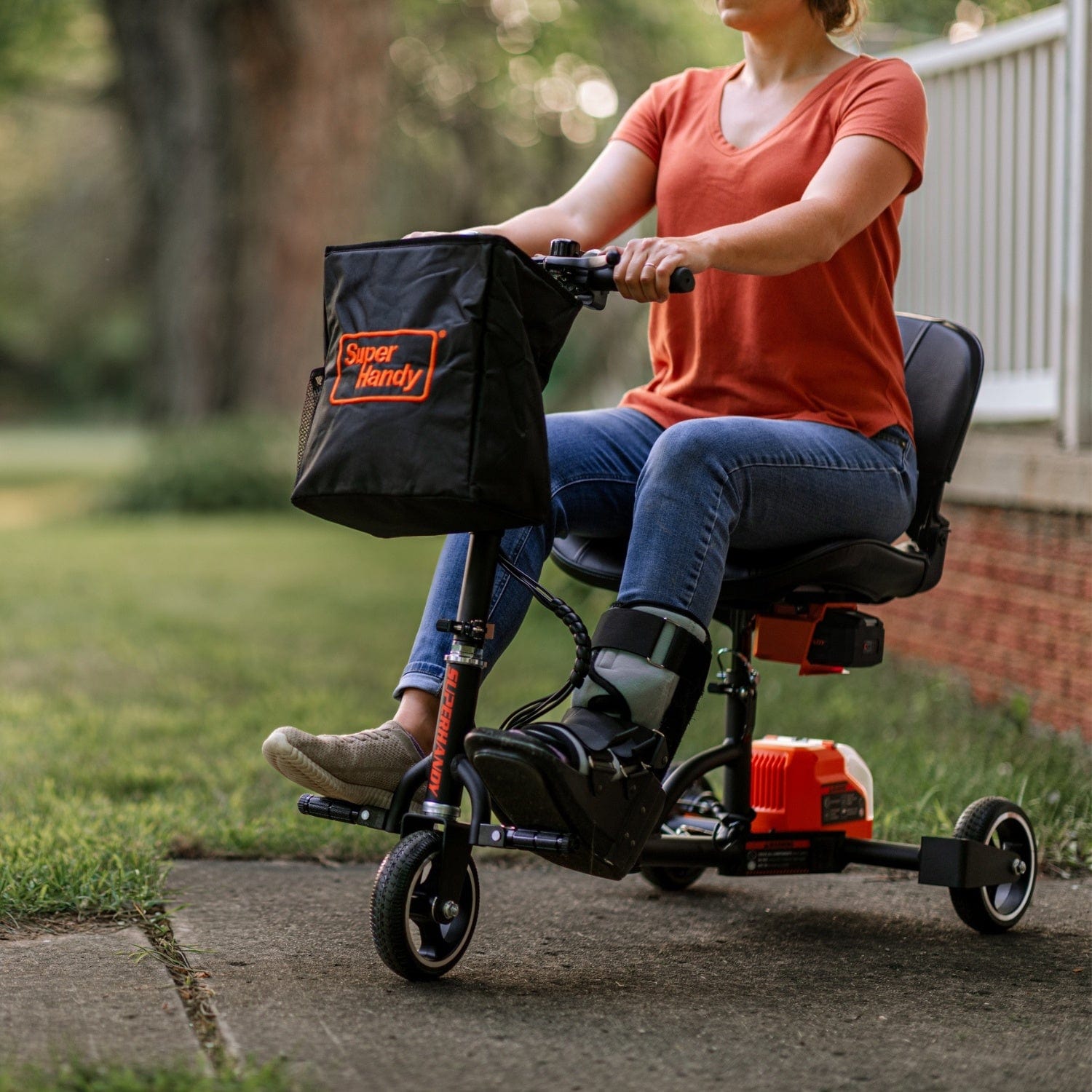
Leave a comment
All comments are moderated before being published.
This site is protected by hCaptcha and the hCaptcha Privacy Policy and Terms of Service apply.